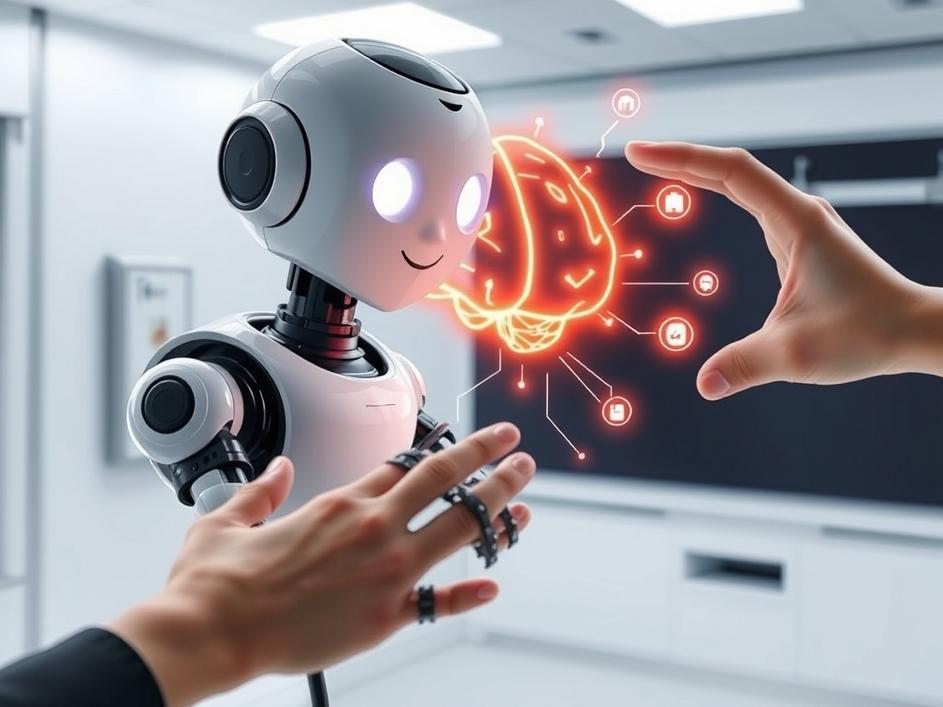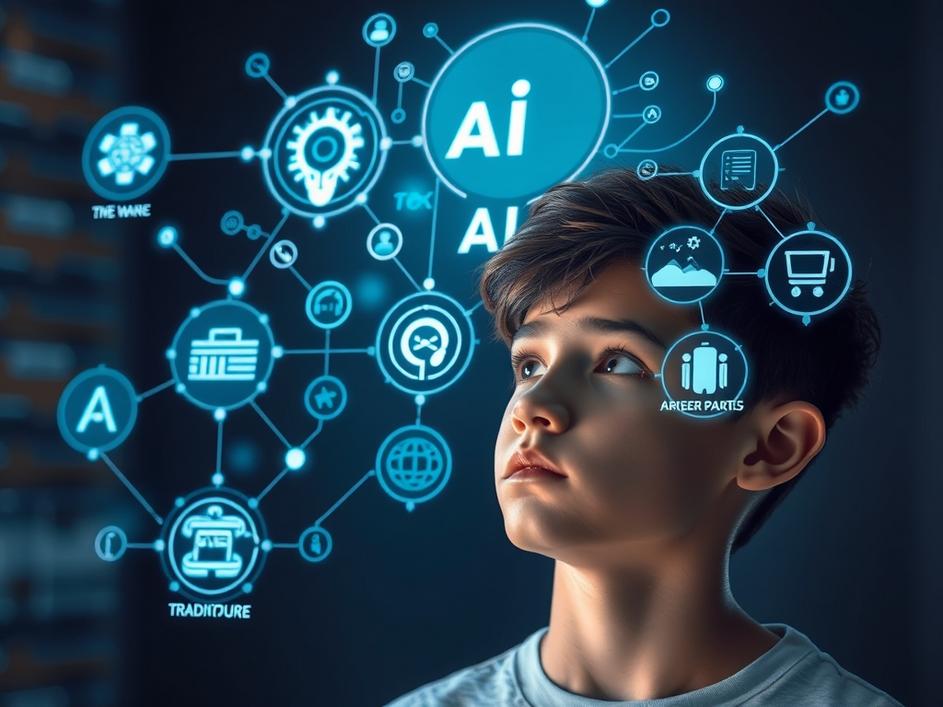


We are a digital agency helping businesses develop immersive, engaging, and user-focused web, app, and software solutions.
2310 Mira Vista Ave
Montrose, CA 91020
2500+ reviews based on client feedback

What's Included?
ToggleRobots are pretty incredible, aren\’t they? You see them everywhere these days. They\’re in factories, assembling cars with incredible precision. They\’re in warehouses, zipping around and packing boxes faster than any human could. Some are even starting to help out in hospitals, doing delicate tasks or assisting with surgeries. But here\’s a secret about these amazing machines: for all their complex movements and impressive speed, they\’re actually quite “dumb” in one important way. Each individual movement, every single task, no matter how small or large, usually needs its own very specific, detailed training process. Think about it like teaching a child every single muscle movement to pick up a specific toy, and then having to teach them all over again for a different toy, in a different spot. It\’s slow, it\’s costly, and it makes robots much less flexible than we\’d like them to be. This challenge has been a big hurdle in getting robots to do more complex, adaptable things in our daily lives.
\n\n
So, what if robots could learn more like us? What if instead of programming every single step, we could tell a robot a goal, and it could figure out how to get there on its own? That\’s exactly what Mbodi is promising to show off at TechCrunch Disrupt 2025. They\’re bringing a new idea to the table: training robots using “AI agents.” You can think of these AI agents as mini-brains or digital coaches inside the robot. Instead of rigid instructions, these agents give the robot a higher-level understanding of what it needs to do. This is a massive shift from the old way. Instead of a human programmer meticulously defining every joint angle and grip force for every situation, the robot, guided by its AI agents, can explore, experiment, and learn the best way to complete a task itself. It\’s less about “do this exact sequence,” and more about “achieve this outcome.”
\n\n
The real magic of using AI agents for robot training lies in how they allow the machine to learn. Imagine teaching a person to ride a bike. You don\’t give them a step-by-step manual for every single pedal stroke, balance adjustment, or turn of the handlebars. Instead, you give them the goal – ride the bike – and let them try. They fall, they wobble, they adjust, and eventually, they learn. Mbodi\’s approach with AI agents aims for something similar with robots. These agents help the robot understand the desired outcome. Then, the robot can try different actions, observe the results, and refine its approach based on what works best. This iterative process, often called reinforcement learning, lets robots adapt to minor changes in their environment or task. If a box is slightly shifted, or a tool is in a different spot, a robot trained with AI agents is much more likely to figure out how to handle it, rather than just freezing up because its pre-programmed instructions no longer perfectly match reality. It gives robots a kind of common sense and adaptability we haven\’t seen much of before.
\n\n
This isn\’t just a technical tweak; it\’s a fundamental change in how we interact with and deploy robots. For years, the biggest barrier to widespread robot adoption, especially outside of highly controlled factory settings, has been their lack of flexibility. Every new product, every change in workflow, meant expensive and time-consuming reprogramming. With Mbodi\’s AI agent approach, that could all change. Imagine a factory floor where robots can be retrained for a completely new product line in a matter of hours or days, not weeks or months. Think about service robots in our homes or offices that can learn new chores or adapt to changing layouts without needing an engineer to update their software. This kind of adaptive learning could dramatically lower the cost and complexity of using robots, making them accessible to many more businesses and even individuals. From my perspective, this technology has the potential to democratize robotics, moving them from specialized, rigid tools to much more versatile and user-friendly collaborators. It could free up human workers from repetitive, manual programming, letting them focus on more creative and strategic tasks. It\’s about making robots truly helpful partners, not just fancy automated tools.
\n\n
While the promise is incredibly exciting, it\’s also important to look at this with a practical eye. Getting this kind of AI agent-driven learning to work reliably in every scenario is still a huge challenge. Training these AI agents themselves often requires vast amounts of data and computational power. There are also important questions about safety and ethics. How do we ensure that a robot learning on its own always makes safe choices, especially in complex, unpredictable environments? What level of autonomy are we comfortable giving these machines? And how do we build trust in systems that are constantly adapting and making their own decisions? The journey from a promising demo at TechCrunch Disrupt to widespread, everyday application will certainly have its bumps. We\’ll need robust testing, clear ethical guidelines, and continuous innovation. But the direction is clear: robots are becoming smarter, more adaptable, and much more capable of learning on their own. This is a crucial step towards a future where robots can tackle a much wider array of tasks, moving beyond the repetitive and into the realm of the truly helpful.
\n\n
Mbodi\’s upcoming demonstration at TechCrunch Disrupt 2025 isn\’t just another tech showcase. It represents a significant milestone in the world of robotics. It\’s a glimpse into a future where robots are no longer just programmed automatons, but intelligent learners capable of adapting to new situations and understanding high-level goals. The days of painstaking, line-by-line coding for every single robot movement might soon be behind us. Instead, we\’re stepping into an era where machines can teach themselves, reducing the barriers to entry and expanding the potential uses of robotics across every industry. Get ready for robots that are not just strong and fast, but also genuinely clever and flexible. The future of adaptable, intelligent robotics is almost here, and it looks like it\’s going to be a fascinating journey.



Leave a reply